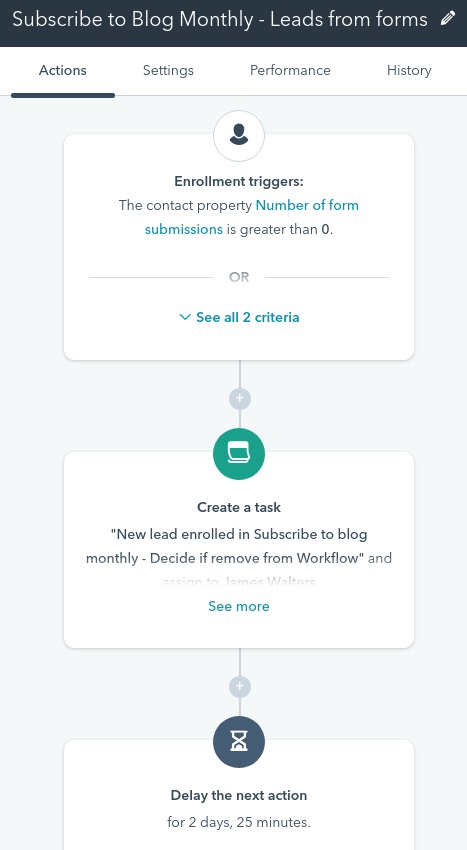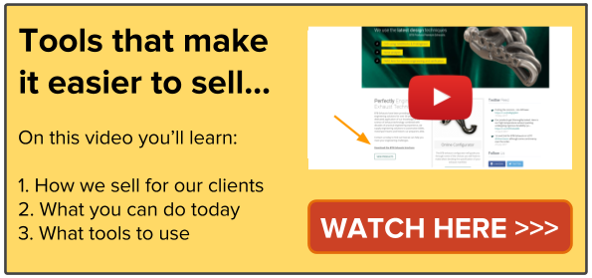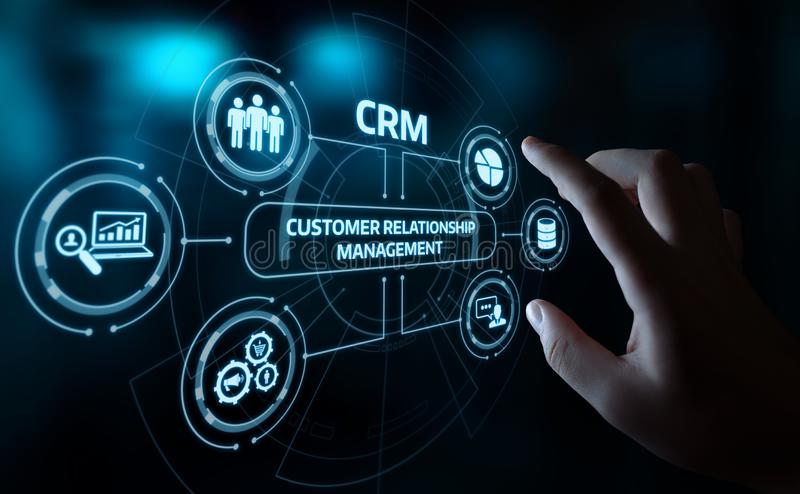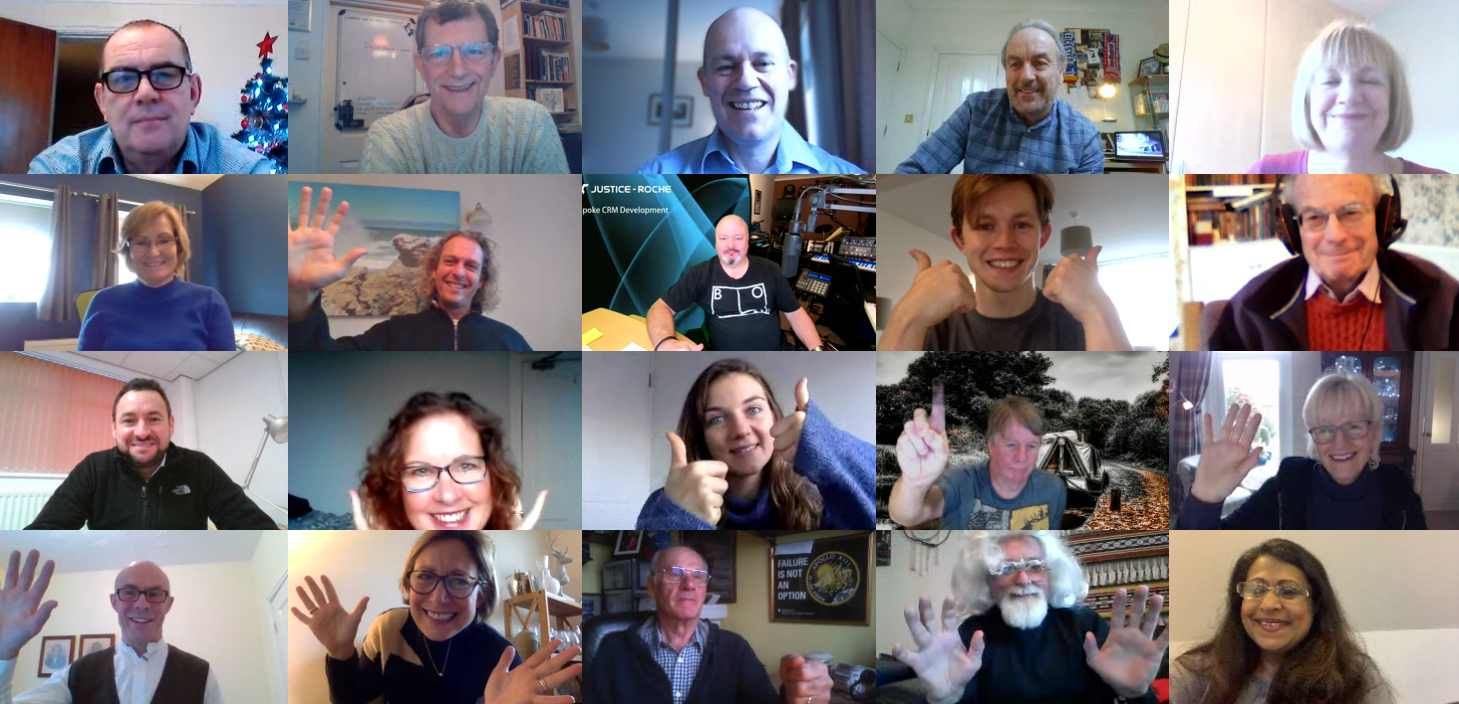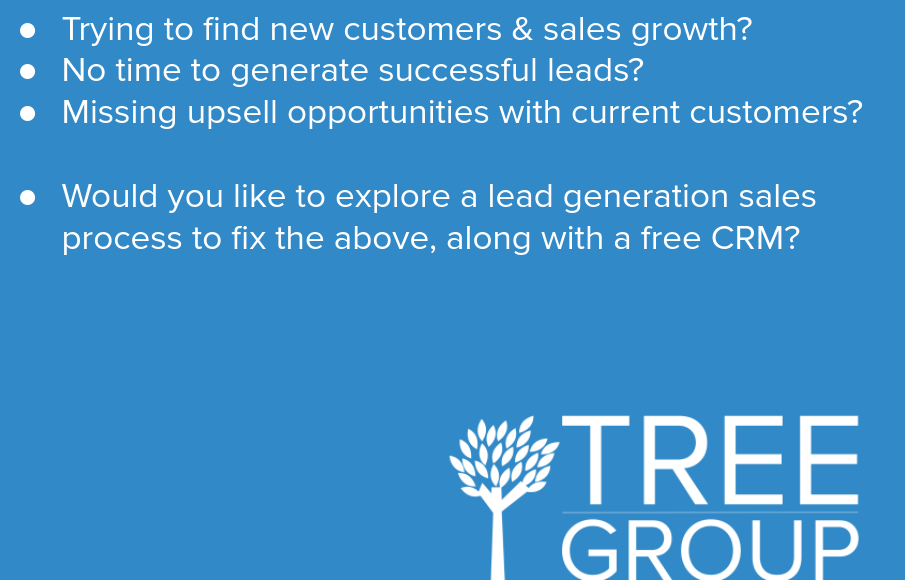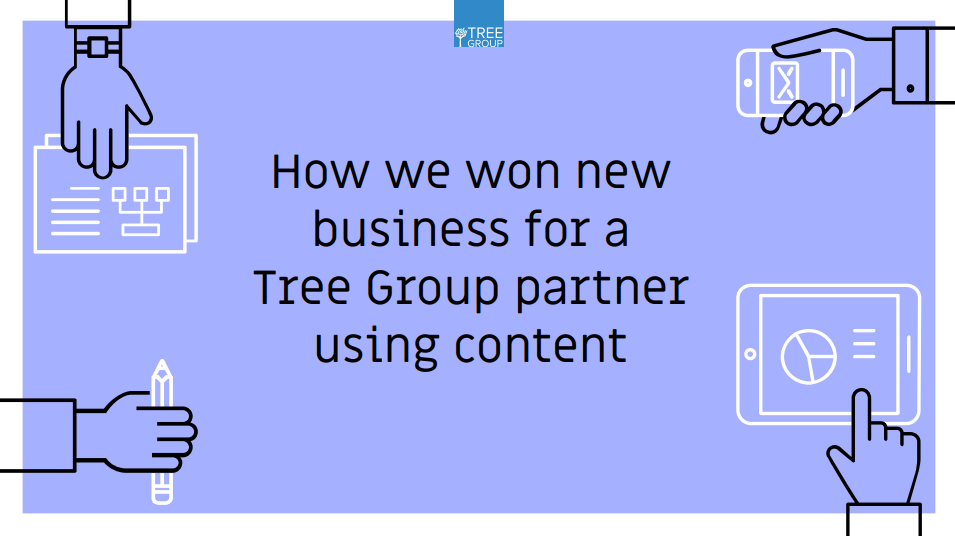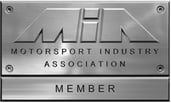In this series on How Automotive companies can use HubSpot I look at HubSpot's different website, sales, marketing, and service tools and how we use them to help our Automotive clients to grow. This time I’m going to walk you through how we use Workflows.
As always you can read our blog, watch the video on YouTube, or listen on iTunes and Soundcloud...
What are Workflows I hear you ask
Put simply, Workflows are a way to automate tasks that you'd normally have to do manually. You can see Workflows as your digital assistant. Lets jump in to some examples of how to use Workflows to cut down on manual tasks, to make you and your sales and marketing team more efficient, and to give your customers the best level of service.
An example; a workflow to ask your contacts if they want to join your mailing list
With GDPR this is one that I feel is particularly important. You shouldn't just stick all your contacts onto your mailing list. If they didn't expect to get your monthly newsletter or if they didn't want to get it at all then sending one to them is a waste of time, it will turn them off, and it will hamper your Sender Score and email deliverability, which is an essential part of making sure all emails you send get delivered.
I see this workflow as offering a nice stepping stone so lets run through the journey
- John Smith visits your website.
- He finds some content that he likes and enters his details into a form to get access.
- John is now a lead in your CRM.
- Your form might well have an opt-in tick box where John can subscribe to your newsletter; however, it might not be the right time to ask as all he wants to do at this point is to get the content he's interested in.
- So, now you have John Smith in your CRM.
- Instead of sales picking up the phone, why not take some time to nurture him.
- This is where the Workflow comes in.
- The Workflow tool sees there's a new lead and that it came in from a web form.
- If John Smith matches the right criteria, the Workflow tool will wait a couple of days, which gives John time to read the content, then it sends out an email.
- The email is a plain text and says thank you for giving your details and asks "would you like to join our mailing list" and gives some example of the sort of content he can get.
- If John likes the idea, he clicks the link, fills out the subscribe form, and there you have a new subscriber.
With this approach, always make sure you're GDPR compliant and you've given the right notice at the point of capturing data and have received the right level of consent to follow-up on email.
Now lets look at setting up that workflow in HubSpot
What's nice about this approach is that you're actually asking first. When we're doing outsourced sales for our clients, where we're doing sales activity for our clients, we typically get a reply that says "Yes please, thanks for asking.". It helps you come across as an outward facing company that's ethical. From a marketing and sales performance perspective, you get a higher quality database that engages with your content and results in a better pool of leads for new business and the opportunity to more easily upsell to existing customers.
An example of the Workflow stages
- A new lead is generated through a form.
- The assigned sales or marketing person gets a task to check if the lead should be enrolled in the workflow, as this gives you the opportunity to unenroll the lead so they don't get the email - as this keeps it all human.
- The Workflow waits 2 days and 25 minutes later, then
- Sends a targeted email based on how the contact became and lead and asking them if they'd like to subscribe.
- It can also be setup to only send emails Monday to Friday and during specific hours.
- We also include some suppression lists to make sure certain leads don't get enrolled in the Workflow such as; if they're categorised as Private or Supplier or if they became a lead from a non-relevant form such as a job application form that isn't used for lead generation.
This is a basic workflow but it's a good example of making sure that no contact is forgotten and automating a tasks that would otherwise be manual.
Some other ways to use workflows
Lost deal workflows that email your contact 30-days after saying no to see if there's still an opportunity, as the solution they chose might not have worked out, or to ask for feedback, to help you improve on closing future deals.
Workflows that send out customer satisfaction surveys every 90-days to check how you're doing and to ask for referrals - because word of mouth is still a top channel for generating new sales.
You might want a workflow that automatically adds a contact from HubSpot CRM to your accounts package then lets you know when their account has been created so you know to send the first invoice - and so your sales team can easily see each customers accounts balance in HubSpot CRM without having to login to your accounts package - helpful if you trying to improve cashflow.
And, a workflow that makes sure your account managers regularly keep in contact with your customers without having to remember manually.
To learn more about how to use HubSpot for your sales, marketing, website, and service, start with our article on How Inbound, The Tree Group, and HubSpot works together.
You can find previous posts in our series on how to use HubSpot on our blog, at iTunes and Soundcloud, or on YouTube.


